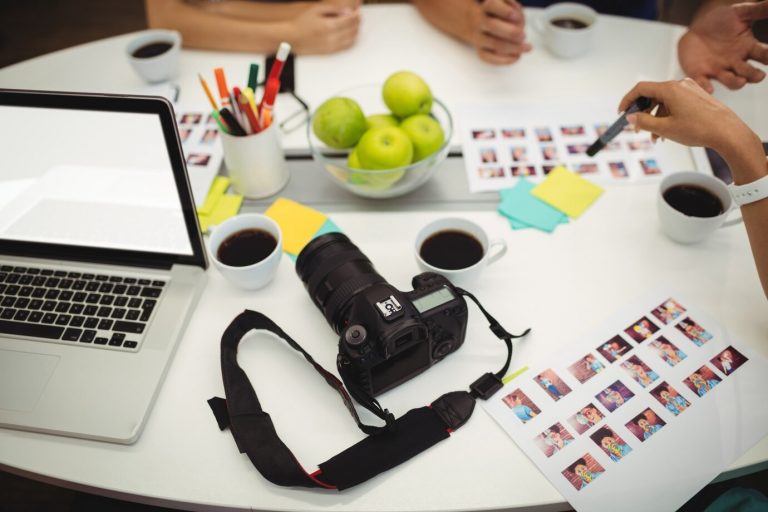Product images play a critical role in driving conversions on Amazon. Shoppers are visual by nature, and they base their decisions largely on the quality of images they see. High-quality product images not only catch attention but also provide trust. When customers are able to clearly view what they are purchasing, conversion rates can increase dramatically.
Images that tell a story about your product or present it in a real-world setting provide a more complete picture, helping potential buyers feel confident in their purchase.
In this article, we will break down how to create product images that truly convert on Amazon and discuss key elements you need to focus on.
Key Points
- Use clean, clear images.
- Show the product in real life.
- Use high-resolution images.
- Showcase features and benefits.
- Focus on compliance with Amazon’s image guidelines.
1. The Importance of Clean and Clear Product Images

First impressions matter. The main image is the first thing customers see. It needs to stand out. Use a plain white background for your main image. This ensures the product is front and center without distractions. Ensure your image resolution is high and the product is fully visible. Avoid anything that clutters the picture.
Many sellers work with an Amazon FBA agency to optimize their listings and improve image quality. Services like those offered by My Amazon Guy specialize in creating images that boost conversions. Their expertise focuses on enhancing images to draw attention and adhere to Amazon’s strict image standards, helping you achieve better results on your listings.
2. Show Your Product in Real Life Situations
Potential customers want to know how the product will fit into their daily lives. Take pictures that show your product in use. This helps the customer visualize themselves with the product. For example, if you are selling kitchen gadgets, show the gadget in use in a real kitchen. It brings the product to life and gives customers a more practical look at its use.
Create lifestyle images that give context to your product. Not only do they show scale and dimension, but they also show how the product improves the user’s life. Real-world imagery works better than a flat product sitting against a background.
3. Use High-Resolution Images
No one wants to buy a product they can barely see. Clear, high-quality images help the customer focus on details. Make sure that your product images are sharp and not blurry or pixelated.
Your images should be at least 1000×1000 pixels, as required by Amazon, to allow zoom functionality. Zooming lets the customer see your product’s fine details. This is especially important for products where material or intricate design matters, such as jewelry or apparel. Sharpness builds trust. Poor image quality can lead to lower confidence in your brand.
4. Highlight Product Features and Benefits
A picture speaks louder than words, but in eCommerce, that picture must communicate features and benefits. Use secondary images to show off different angles, product features, and the benefits that set your product apart. Add close-ups for important parts and materials.
For example, if selling a phone case, highlight its durability with a close-up of the material and design. Show it protecting a phone in a drop test. If you sell cosmetics, show detailed images of the texture and color. Providing variety in images helps the buyer see everything they need to make an informed decision.
5. Follow Amazon’s Image Guidelines
Amazon has specific guidelines for product images that need to be followed. These include requirements for backgrounds, image size, and the type of images you can upload. Non-compliance can lead to your images being rejected or your listing being suppressed.
The main image needs to have a pure white background with no logos, text, or watermarks. The product must take up at least 85% of the frame. These rules help keep the customer focused solely on the product. Follow them strictly to ensure that your listings stay live and attract more views. Missteps in following guidelines can cause unnecessary delays and hurt your sales.
6. Use Enhanced Brand Content for Better Conversion

Once you’ve nailed your basic images, consider adding Enhanced Brand Content (EBC). EBC allows you to add additional images, graphics, and text in the description section, providing an even better view of the product. It gives you an edge over competitors who rely solely on traditional listings.
Enhanced Brand Content is a great way to showcase more details about your product, its use cases, and what makes it unique. When combined with your images, this feature can significantly improve the customer experience, increasing the likelihood of conversion.
7. Test Your Images to Improve Performance
You need to track how your product images impact your conversion rate and make adjustments where needed. Use split testing to compare different versions of your product images. This helps you find out what works best and increases sales.
For example, try switching the main image with a different angle or using different lifestyle images. Small changes can make a big difference. Measure the impact of each change and refine your images accordingly.
8. Consistency Across All Product Listings
When creating product images, make sure that they all share a similar style and tone. This means using the same lighting, angles, and background across your images. Keeping things consistent helps build your brand and makes it easy for customers to recognize your products instantly.
Consistency shows professionalism and reliability. If one listing has dark, low-quality images, and another has bright, clear ones, customers may feel uncertain about your overall quality. This uniformity across listings is crucial for long-term success on Amazon.
9. Don’t Forget About Image Optimization for Mobile Users

More customers now shop using mobile devices. This makes image optimization for mobile more important than ever. Ensure that your images display clearly on smaller screens. Zoom features and clarity need to remain intact for mobile users. Test how your images look on both desktop and mobile to avoid any issues.
By keeping mobile shoppers in mind, you improve their shopping experience, which can lead to more sales. In an age of mobile dominance, neglecting mobile optimization can harm your conversion rate.
Conclusion
Creating eye-catching product images is one of the best ways to convert shoppers into buyers. The right combination of clean images, real-world examples, and high resolution can build trust and drive sales. Take the time to perfect your product images, follow guidelines, and stay consistent. The impact on your conversion rates will be worth the effort.
Start applying these techniques today to transform your product listings into high-converting opportunities.

